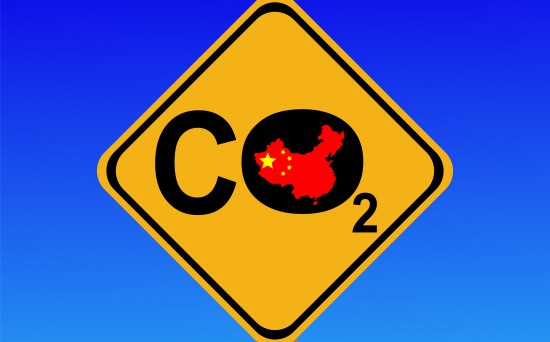Increasing CO2 emissions in China determine the failure or success of the Paris Agreement

Under both the Kyoto Protocol of 2005 and the
Paris Agreement of 2015, nearly 200 countries agreed to take measures to reduce
carbon dioxide emissions.
According to statistics
provided by BP World Energy 2019, compared to 2005 global, annual CO2
emissions increased by 20%, and in the Asia-Pacific region by 50% - at the same
time emissions in the US and in the European Union fell.The largest issuers include, first and foremost,
China and India, which recorded an increase in emissions by 54.6% and 105.8%
respectively from 2005. The United States, Germany, and Japan recorded
successive decreases in emissions of 12.1%, 11.7 % and 10.1%.Major changes in coal consumption are the main
driving force of changes in most of the aforementioned countries. China and
India have increased their carbon consumption significantly, while the US and
Germany have seen a sharp drop in coal consumption as a result of legislation
to reduce CO2 emissions.Interestingly, according
to BP World Energy 2019 statistics, carbon dioxide emissions per capita in
China are lower than in the United States. In 2018, annual emissions in the US
amounted to 16 metric tons per person, while in China it was 8 metric tons per
person. However, per capita emissions in the US have fallen by 20% since 1980,
while in China they have increased more than fivefold.As of today, China emits more than the next
three world-largest emitters together. Thus, the lack of measures to reduce
emissions in China may have a negative impact on the successful implementation
of the Paris Agreement in reducing global carbon emissions.
